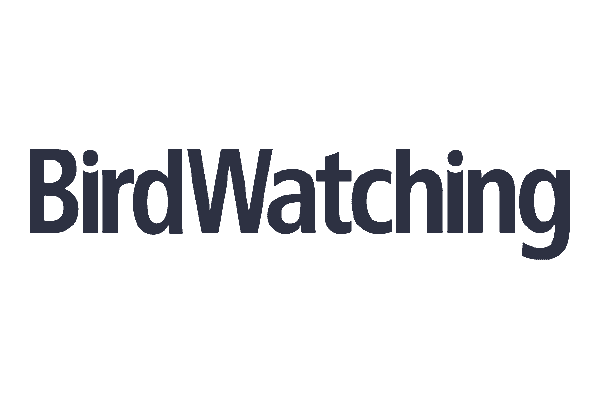White-breasted Hawk
Accipiter chionogaster
The White-breasted Hawk, Accipiter chionogaster, is a diminutive raptor, a master of the skies in its highland realm. Males, the smaller sex, range from 23 to 30 cm in length, flaunting a wingspan of 42 to 58 cm and tipping the scales at a mere 82 to 115 grams. Females, true to the Accipiter form, are substantially larger, about 30% longer and more than 50% heavier, measuring 29 to 37 cm, with a wingspan of 58 to 68 cm and a weight of 150 to 219 grams. Both sexes possess short, broad wings and a medium-length tail adorned with bands of blackish and gray. Their legs are long, slender, and yellow, complementing a hooked black bill with a yellowish cere.
Identification Tips
Adult White-breasted Hawks are characterized by their darker upperparts, which may appear almost black, and their distinctive white underparts and cheeks. The thighs are a whitish-buff, setting them apart from their relatives. Juveniles exhibit darker upperparts and finer streaking below compared to their northern counterparts. In flight, one may observe the remiges, which are whitish barred with blackish.
Habitat
These hawks favor the highlands, making their homes in pine and pine-oak forests, and are known to venture into neighboring cloud forests, tropical dry forests, and farmlands. They thrive at elevations ranging from 300 to 3,000 meters.
Distribution
The White-breasted Hawk's domain extends from the southern reaches of Mexico, through the heartlands of Honduras, Guatemala, and El Salvador, down to the verdant landscapes of Nicaragua. This species is generally sedentary, though some local movements have been noted.
Behaviour
The White-breasted Hawk is a stealthy predator, often ambushing its prey from cover or while swiftly navigating through dense vegetation. This hunting strategy, while effective, is not without its risks.
Diet and Feeding
These hawks primarily feast on small birds, such as wood-warblers, wrens, and thrushes. Males typically hunt smaller birds, while females may pursue larger quarry like doves. On rare occasions, they may supplement their diet with lizards, bats, and large insects. They are known to meticulously pluck the feathers from their prey before consumption.
Breeding
The breeding habits of the White-breasted Hawk involve constructing a stick nest where they lay clutches of 2 to 4 eggs. The eggs are approximately 38 mm by 31 mm in size and weigh around 19 grams. Incubation is believed to last about 30 days, with the female brooding the young for 16 to 23 days post-hatching. The male plays a crucial role in defending the territory and providing food. Fledglings take their first flight at about one month of age and continue to depend on their parents for an additional four weeks.
Conservation Status
The White-breasted Hawk faces conservation challenges due to its limited range. However, in certain locales, it remains relatively common, a testament to the resilience of this remarkable bird of prey.
































